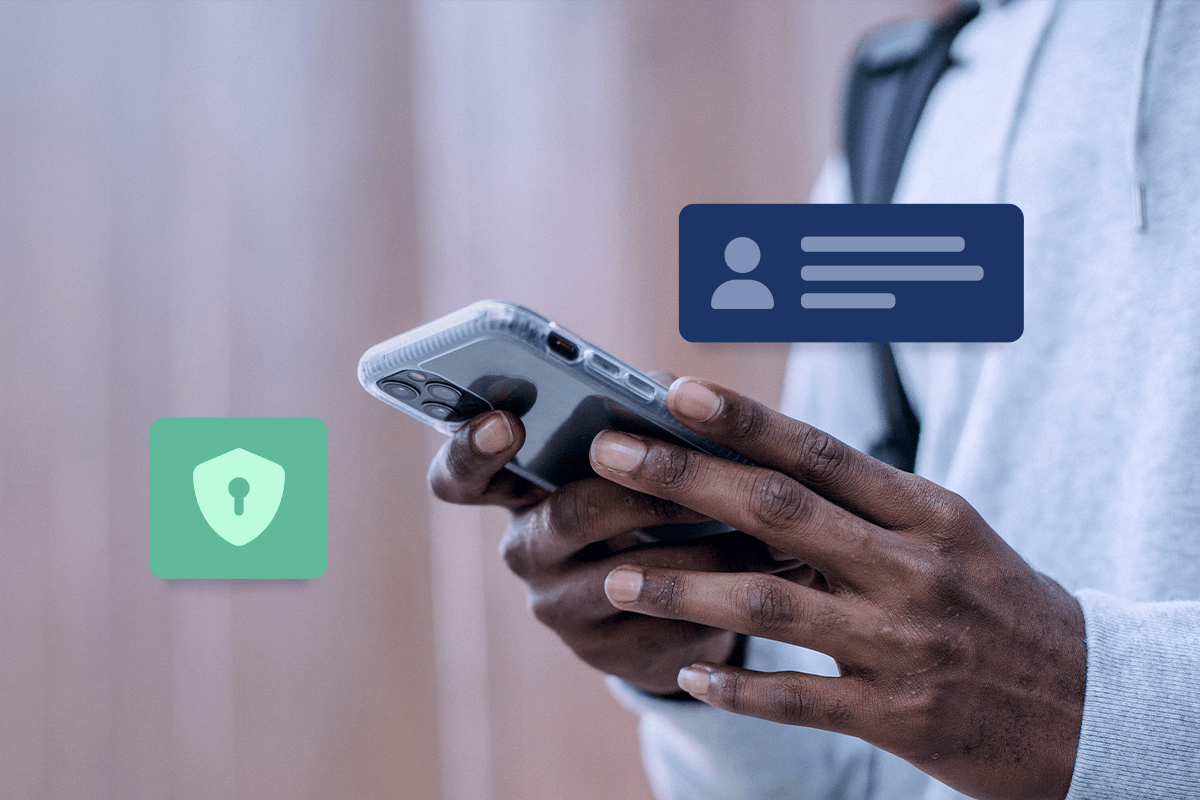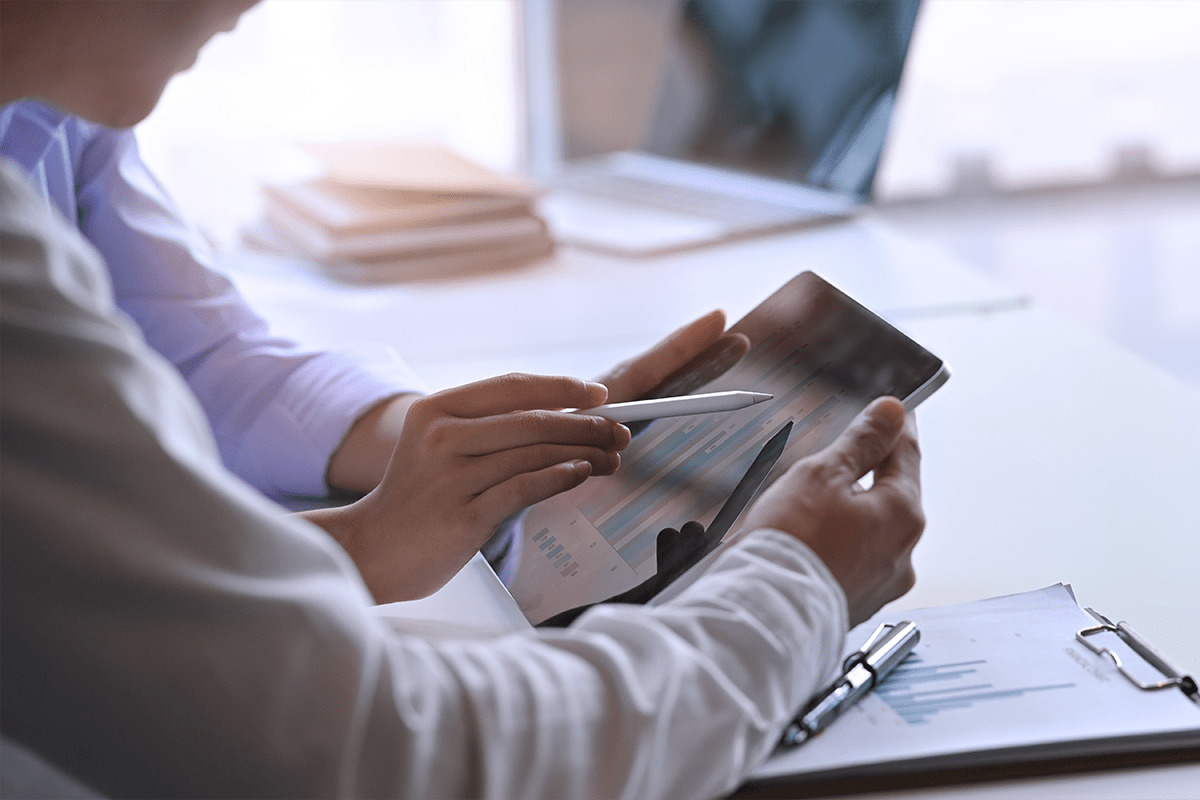Customer expectations are evolving alongside AI technology, at an unprecedented pace. People are more informed, connected, and demanding than ever before, and they expect nothing less than exceptional customer experiences (CX) from the brands they interact with.
This is where personalized customer experience comes in.
By tailoring CX to individual customers’ needs, preferences, and behaviors, businesses can create more meaningful connections, build loyalty, and drive revenue growth.
In this article, we will explore the power of personalized CX in industries and how it can help businesses stay ahead of the curve.
What is Personalized CX?
Personalized CX refers to the process of tailoring customer experiences to individual customers based on their unique needs, preferences, and behaviors. This involves using customer data and insights to create targeted and relevant interactions across multiple touchpoints, such as websites, mobile apps, social media, and customer service channels.
Personalization can take many forms, from simple tactics like using a customer’s name in a greeting to more complex strategies like recognizing that they are likely to be asking a question about the order that was delivered today. The goal is to create a seamless and consistent experience that makes customers feel valued and understood.
Why is Personalized CX Important?
Personalized CX has become increasingly important in industries for several reasons:
1. Rising Customer Expectations
Today’s customers expect personalized experiences across all industries, from retail and hospitality to finance and healthcare. In fact, according to a survey by Epsilon, 80% of consumers are more likely to do business with a company if it offers personalized experiences.
2. Increased Competition
As industries become more crowded and competitive, businesses need to find new ways to differentiate themselves. Personalized CX can help brands stand out by creating a unique and memorable experience that sets them apart from their competitors.
3. Improved Customer Loyalty and Retention
Personalized CX can help businesses build stronger relationships with their customers by creating a sense of loyalty and emotional connection. According to a survey by Accenture, 75% of consumers are more likely to buy from a company that recognizes them by name, recommends products based on past purchases, or knows their purchase history.
4. Increased Revenue
By providing personalized CX, businesses can also increase revenue by creating more opportunities for cross-selling and upselling. According to a study by McKinsey, personalized recommendations can drive 10-30% of revenue for e-commerce businesses.
Industries That Can Benefit From Personalized CX
Personalized CX can benefit almost any industry, but some industries are riper for personalization than others.
Here are some industries that can benefit the most from personalized CX:
1. Retail
Retail is one of the most obvious industries that can benefit from personalized CX. By using customer data and insights, retailers can create tailored product recommendations and personalized support based on products purchased and current order status.
2. Hospitality
In the hospitality industry, personalized CX can create a more memorable and enjoyable experience for guests. From personalized greetings to customized room amenities, hospitality businesses can use personalization to create a sense of luxury and exclusivity.
3. Healthcare
Personalized CX is also becoming increasingly important in healthcare. By tailoring healthcare experiences to individual patients’ needs and preferences, healthcare providers can create a more patient-centered approach that improves outcomes and satisfaction.
4. Finance
In the finance industry, personalized CX can help businesses create more targeted and relevant offers and services. By using customer data and insights, financial institutions can offer personalized recommendations for investments, loans, and insurance products.
Best Practices for Implementing Personalized CX in Industries
Implementing personalized CX requires a strategic approach and a deep understanding of customers’ preferences and behaviors.
Here are some best practices for implementing personalized CX in industries:
1. Collect and Use Customer Data Wisely
Collecting customer data is essential for personalized CX, but it’s important to do so in a way that respects customers’ privacy and preferences. Businesses should be transparent about the data they collect and how they use it, and give customers the ability to opt out of data collection.
2. Use Technology to Scale Personalization
Personalizing CX for every individual customer can be a daunting task, especially for large businesses. Using technology, such as machine learning algorithms and artificial intelligence (AI), can help businesses scale personalization efforts and make them more efficient.
3. Be Relevant and Timely
Personalized CX is only effective if it’s relevant and timely. Businesses should use customer data to create targeted and relevant offers, messages, and interactions that resonate with customers at the right time.
4. Focus on the Entire Customer Journey
Personalization shouldn’t be limited to a single touchpoint or interaction. To create a truly personalized CX, businesses should focus on the entire customer journey, from awareness to purchase and beyond.
5. Continuously Test and Optimize
Personalized CX is a continuous process that requires constant testing and optimization. Businesses should use data and analytics to track the effectiveness of their personalization efforts and make adjustments as needed.
Challenges of Implementing Personalized CX in Industries
While the benefits of personalized CX are clear, implementing it in industries can be challenging. Here are some of the challenges businesses may face:
1. Data Privacy and Security Concerns
Collecting and using customer data for personalization raises concerns about data privacy and security. Businesses must ensure they are following best practices for data collection, storage, and usage to protect their customers’ information.
2. Integration with Legacy Systems
Personalization requires a lot of data and advanced technology, which may not be compatible with legacy systems. Businesses may need to invest in new infrastructure and systems to support personalized CX.
3. Lack of Skilled Talent
Personalized CX requires a skilled team with expertise in data analytics, machine learning, and AI. Finding and retaining this talent can be a challenge for businesses, especially smaller ones.
4. Resistance to Change
Implementing personalized CX requires significant organizational change, which can be met with resistance from employees and stakeholders. Businesses must communicate the benefits of personalization and provide training and support to help employees adapt.
Personalized CX is no longer a nice-to-have; it’s a must-have for businesses that want to stay competitive in today’s digital age. By tailoring CX to individual customers’ needs, preferences, and behaviors, businesses can create more meaningful connections, build loyalty, and drive revenue growth. While implementing personalized CX in industries can be challenging, the benefits far outweigh the costs.




 About half of U.S. adult social media users have made a purchase via social media in the past year, according to a survey from
About half of U.S. adult social media users have made a purchase via social media in the past year, according to a survey from  Millennials and Gen Z will continue to expand their buying power, and as digital natives, they’re more likely to use digital payment platforms. No one wants to manually enter their credit card data anymore (we can relate).
Millennials and Gen Z will continue to expand their buying power, and as digital natives, they’re more likely to use digital payment platforms. No one wants to manually enter their credit card data anymore (we can relate).